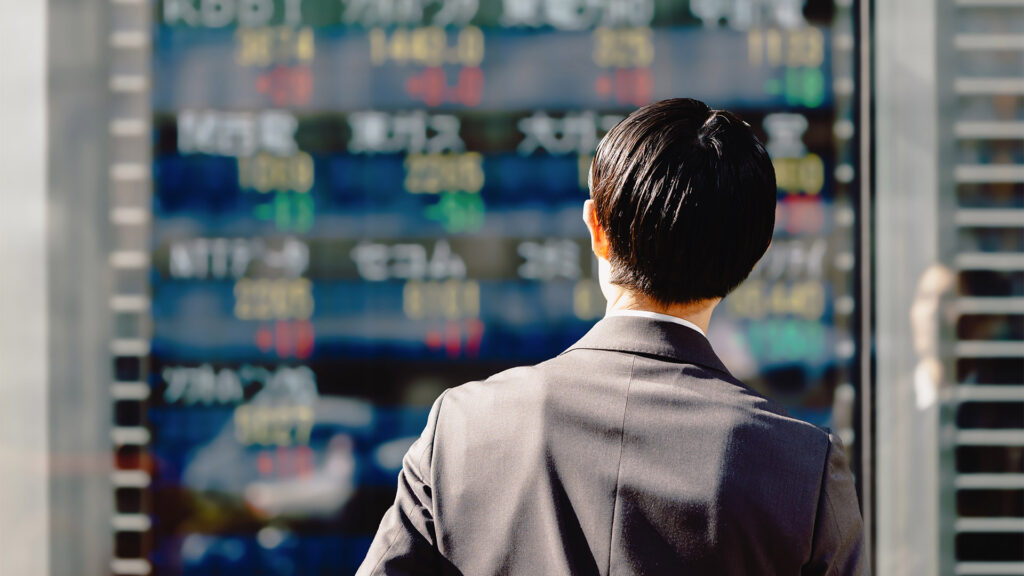Two weeks after Japanese stock markets fell sharply following the Bank of Japan’s rate rise, the tremors have subsided, as Japan’s Nikkei index enjoyed its second strongest day of trading in 2024.
On August 5, the Nikkei ended with a 12% slump—down from an earlier 17% decline—amidst panic and mayhem. It was only the soothing talk from the central bank and government that helped to calm the situation.
Then, a rebound emerged—similar to what we saw after the pandemic in early 2020—and the index was off to the races again. Or should I say, to the casino?
As a result, the key Japanese market measure climbed 3.6% on Friday and achieved its best week in more than four years. This was supported by strong US retail sales data and an impressive quarterly result from Walmart, the world’s largest retailer, which eased fears of an American recession.
The US is Japan’s biggest trading partner, and the old adage about a US sneeze causing a Japanese cold remains relevant, even with China’s rise.
The Nikkei closed higher at 38,062.67, marking its biggest weekly gain since April 2020, with an increase of nearly 8%.
The return to economic growth in the June quarter for the Japanese economy also contributed, and Prime Minister Kishida’s decision to step down had little impact.
The rally was broad-based, with 219 of the Nikkei’s 225 member stocks advancing and only 5 falling, while shares of many big names surged. Nikkei heavyweight Fast Retailing (Uniqlo) jumped 6.2%, and chip-related share Tokyo Electron gained 4.8%.
Meanwhile, the yen weakened against the dollar overnight, boosting Japan’s export-related shares like automaker Toyota Motor, which rose about 2%.
Although the market has recovered most of its losses, it remains well below its all-time peak of 42,426.77 reached in mid-July.

